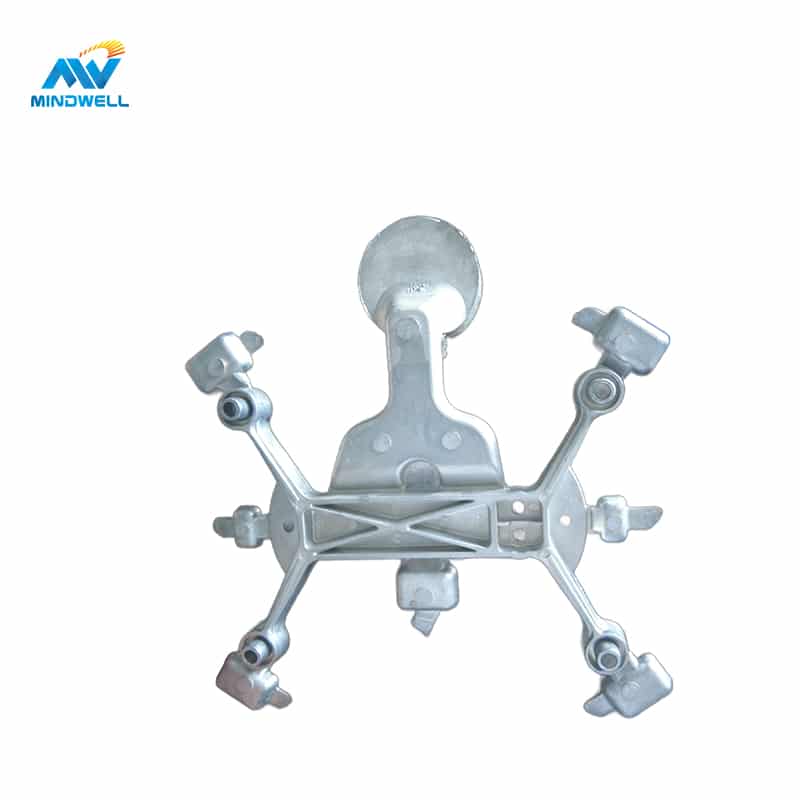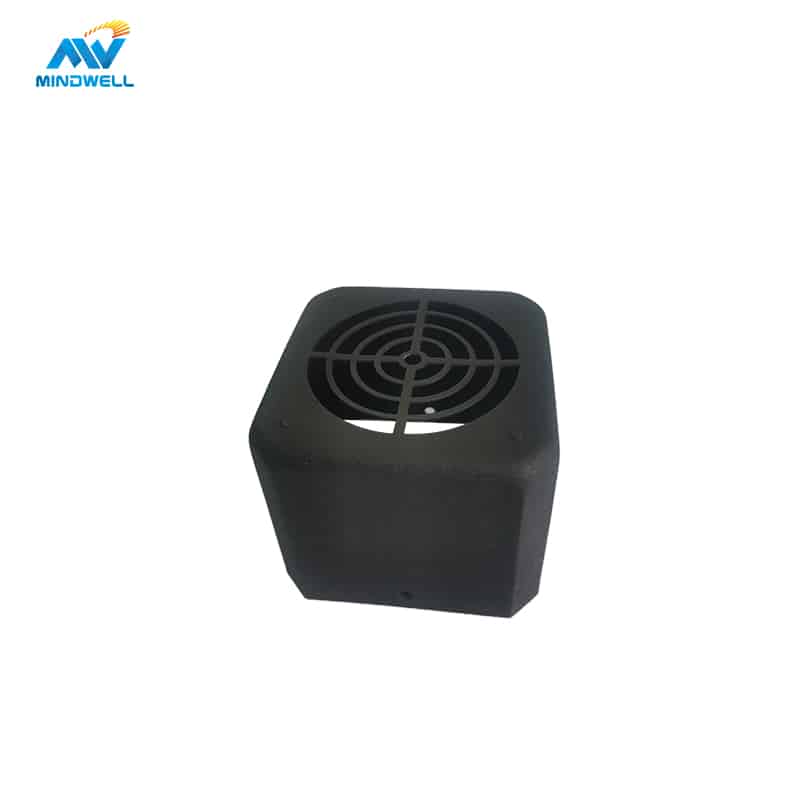The aluminum alloy die-casting process is a process in which the three major elements of die-casting machine, die-casting mold and alloy are organically combined and used comprehensively. The process of filling the mold cavity with metal during die casting is a process in which process factors such as pressure, speed, temperature and time are unified.
The process principle of aluminum alloy die casting is to quickly inject liquid metal into the cavity of a precision metal mold under high pressure, and then cool and solidify in the mold to finally form the required casting.
Key elements of process principle:
- Metal liquid injection: First, the aluminum alloy material needs to be heated to a liquid state and injected into the nozzle of the die-casting device. During this process, the metal liquid should have appropriate temperature and fluidity to ensure full filling of the mold cavity.
- High-pressure pressing: Once the metal liquid enters the mold cavity, the die-casting machine applies high pressure to rapidly fill and compact it. This high pressure helps the metal liquid fully fill the fine details in the cavity, ensuring the formation of precision castings.
- Cooling and solidification: Once the metal liquid fills the cavity, the cooling system in the die casting mold will quickly reduce the temperature, prompting the metal liquid to quickly solidify and solidify. This process usually takes some time to ensure that the casting has sufficient strength and shape stability.
- Mold Opening and Casting Removal: When the casting is fully solidified, the die casting mold is opened to allow removal of the finished aluminum die casting. At this stage, it is also often necessary to remove any residue on the mold, such as gates and cooling tubes.
- Inspection and Quality Control: Finished castings are inspected to ensure that their dimensions, surface quality and mechanical properties meet design requirements. This includes using various inspection methods such as X-ray inspection, ultrasonic inspection, hardness testing and visual inspection.
The process principle of aluminum alloy die casting is an efficient manufacturing method that can be used to produce a variety of aluminum alloy parts with complex geometries, such as automotive parts, electronic equipment housings, aerospace components, etc. This process combines several process factors such as pressure, speed, temperature and time, and requires precise design and control to ensure the production of high-quality castings.
The aluminum alloy die casting process is a process that comprehensively uses the three major elements of die casting machine, die casting mold and alloy. In the process of die-casting, the process of metal filling the cavity needs to consider multiple process factors such as pressure, speed, temperature and time.
Key points of the craft:
- Mold structure design: A successful aluminum alloy die casting process begins with the design of the mold. The structure of the mold must be precisely designed to ensure the desired part shape can be molded. The quality and durability of the molds are critical to the whole process.
- Heat treatment process: Aluminum alloy die-casting molds usually need to undergo a heat treatment process to increase their hardness and wear resistance. This ensures the mold can work stably for a long time under high pressure.
- Mold Manufacturing and Assembly: Manufacturing high-quality die-cast molds requires a high degree of expertise. The manufacture and assembly of molds must be strictly controlled to ensure their quality and precision.

Advantages of aluminum alloy die casting process:
- Super toughness: Aluminum alloy die castings are famous for their strength”. This high toughness makes aluminum alloy a top choice for manufacturing various fields. In the fields of automobile, aerospace, electronic equipment, etc., high strength aluminum alloy parts Components rise to every challenge with ease, delivering superior performance and long life.
- Top Thermal Conductivity: Aluminum alloy excels at conducting heat, making it the preferred material for thermal management devices such as radiators and heat exchangers. Aluminum alloys can conduct heat efficiently, helping equipment maintain a stable operating temperature in high-temperature environments, thereby extending life and increasing efficiency.
- Excellent safety: Parts produced by the aluminum alloy die-casting process have excellent safety properties. In the automotive industry, aluminum alloy brake components and body structures can provide excellent impact and impact resistance, providing solid protection for passenger safety.
- Unlimited creativity: Aluminum alloy die-casting technology provides designers with a wide range of room to play. Aluminum alloys can be fabricated in a variety of complex shapes, creating unique and attractive products. This design flexibility makes aluminum alloys popular in automotive exterior decorative parts, electronic product casings and other fields.
- Resource Efficient: The aluminum alloy die-casting process typically requires relatively few raw materials because it is able to manufacture parts with high precision, reducing waste. This helps reduce resource waste, reduce environmental burden, and conforms to the principle of sustainable development.
- Lightweight Design: Aluminum alloys are the perfect choice for lightweight design, especially in the automotive and aerospace industries. By replacing heavier materials, aluminum alloys can reduce overall weight, increase fuel efficiency, and reduce carbon emissions.
- High-temperature response: Aluminum alloy has excellent high-temperature performance and can maintain stable performance in high-temperature environments. This makes it a first choice for manufacturing parts that operate at high temperatures, such as engine parts and aerospace engine parts.
- Recyclability: Aluminum alloy is a recyclable material that helps reduce waste and resource waste. By recycling and reusing scrap aluminum alloy parts, environmental impact can be reduced and energy consumption reduced.
These excellent advantages of aluminum alloy die-casting technology make it widely used in various fields, constantly promoting innovation in technology and design. With the continuous advancement of technology, aluminum alloy will continue to play a key role in various industries, contributing to the creation of safer, more efficient and innovative products.

Summarize
The process principle of aluminum alloy die-casting is to quickly inject liquid metal under high pressure into the cavity of a precision metal mold, then cool and solidify inside the mold, and finally form the required casting. This process requires high pressure, high speed, proper temperature and precise timing. Through this process, the liquid metal cools and solidifies under pressure, forming the basic shape of the casting.
Generally speaking, aluminum alloy die-casting is a highly technical manufacturing process that requires sophisticated mold design, heat treatment process and precise mold manufacturing and assembly. Aluminum alloy die castings are formed by injecting liquid metal into a mold under high pressure, a process principle that fully demonstrates the efficient metal forming process.






